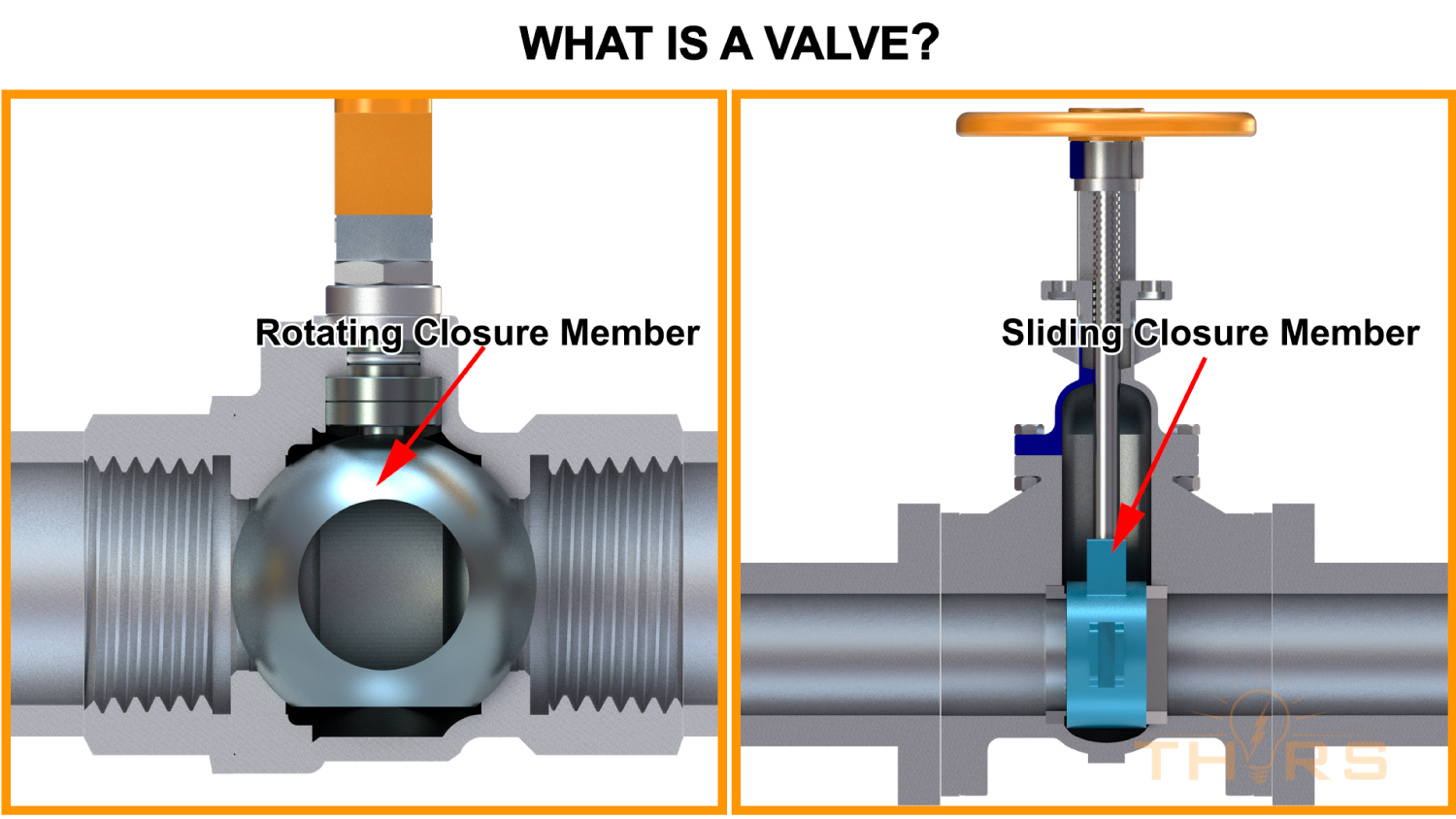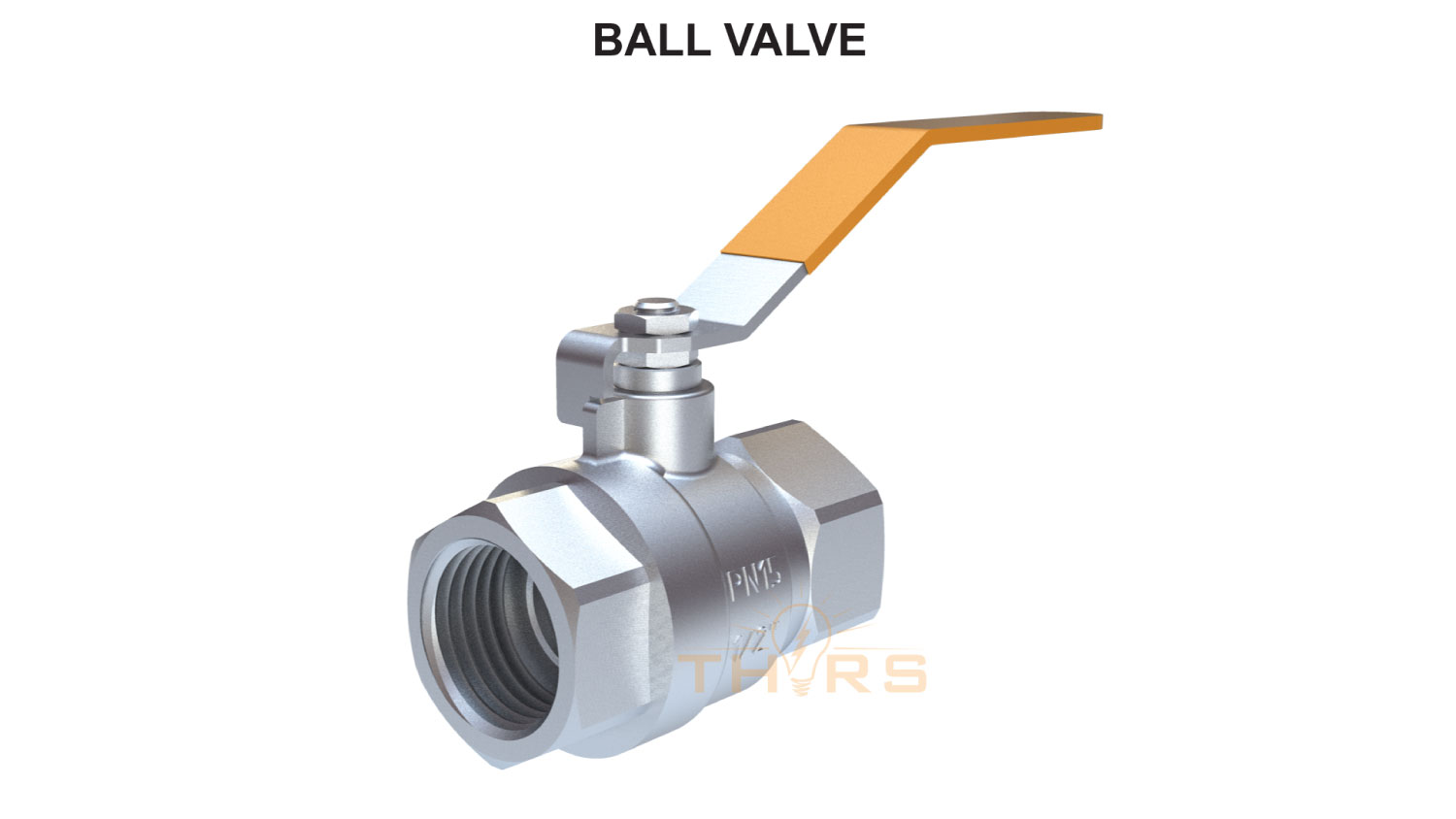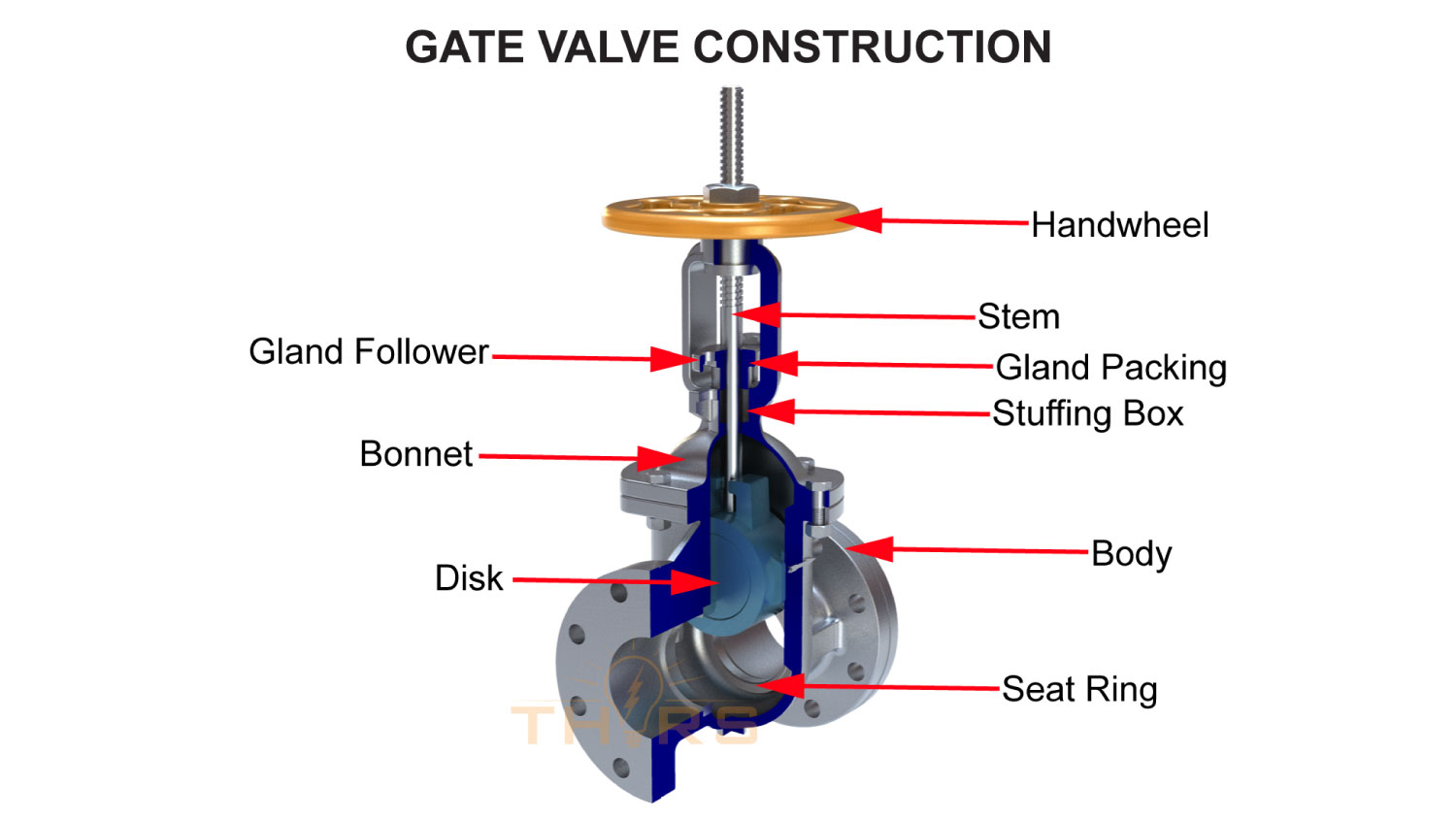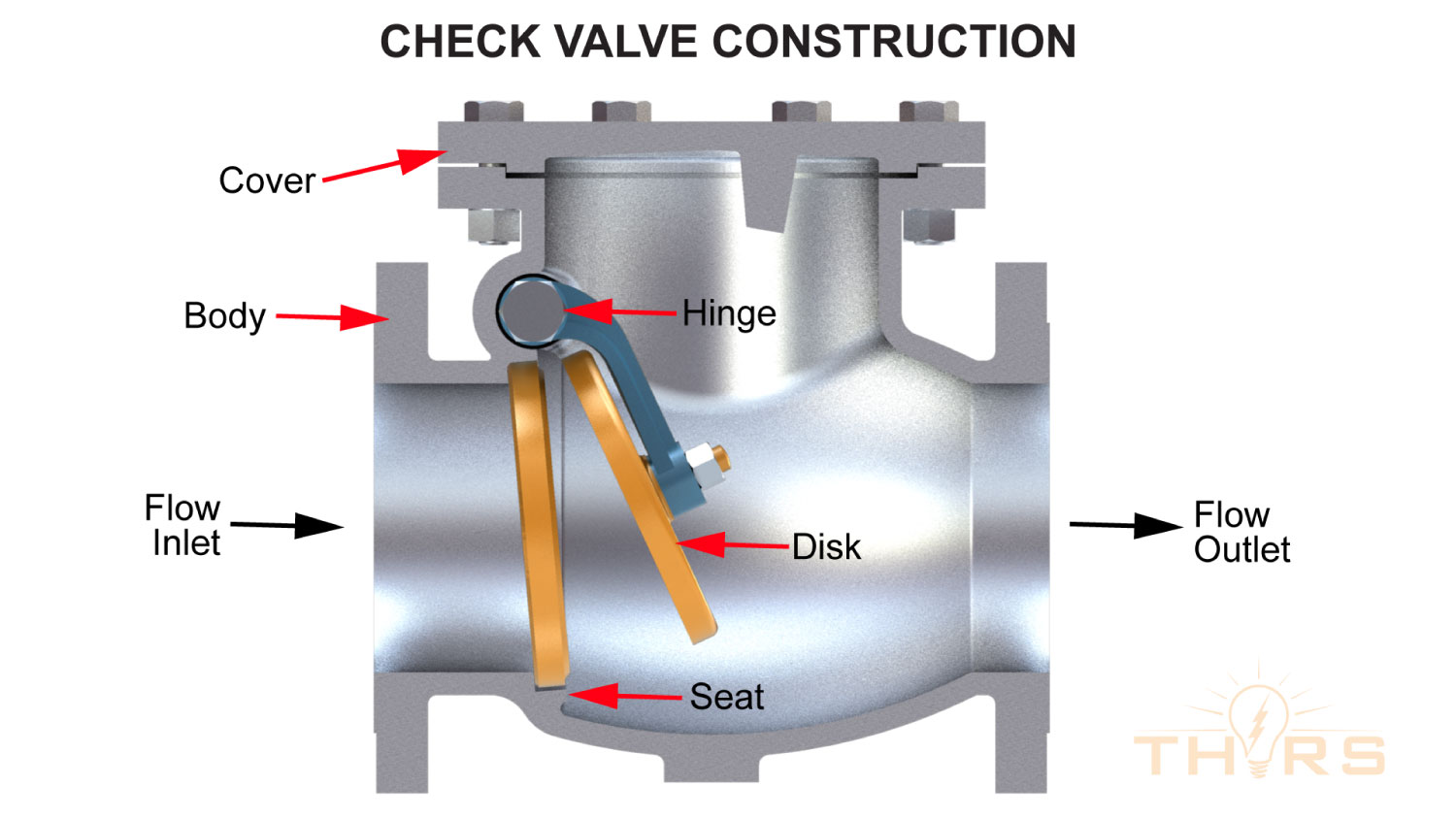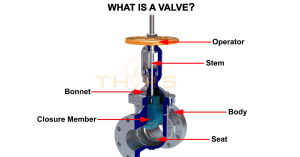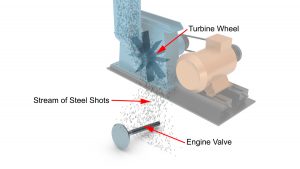Course Description
Valves are fundamental to any industry engaged in the transport and regulation of flowing media. The visually engaging and highly interactive THORS Valve Basics course introduces the learners to the diverse world of valves. Under the broad categories of linear motion valves and rotary motion valves, the course offers a comprehensive overview to the construction, classification, working principle, applications, advantages, and limitations of different types of valves.
Who will benefit from this Valves course?
Quality, manufacturing, engineering, designing, purchasing, and sales functions at organizations that require a basic understanding of valves
Course Classification
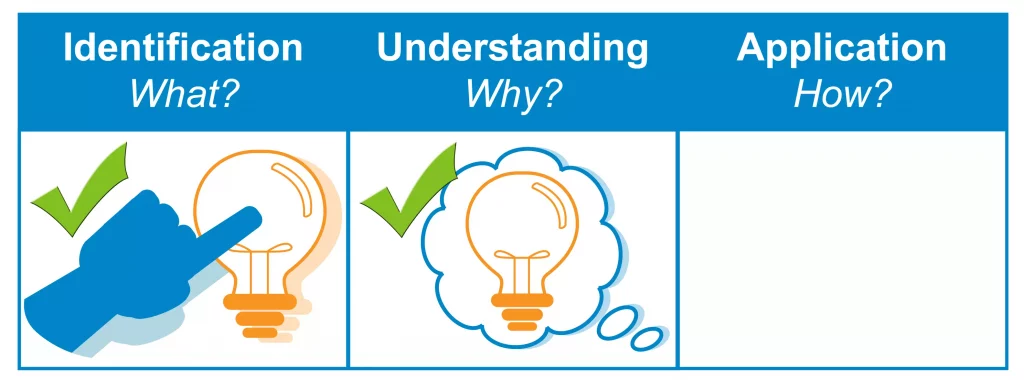
*THORS uses the Bloom’s Taxonomy Methodology for our course development.
Certificate Awarded for Valve Basics
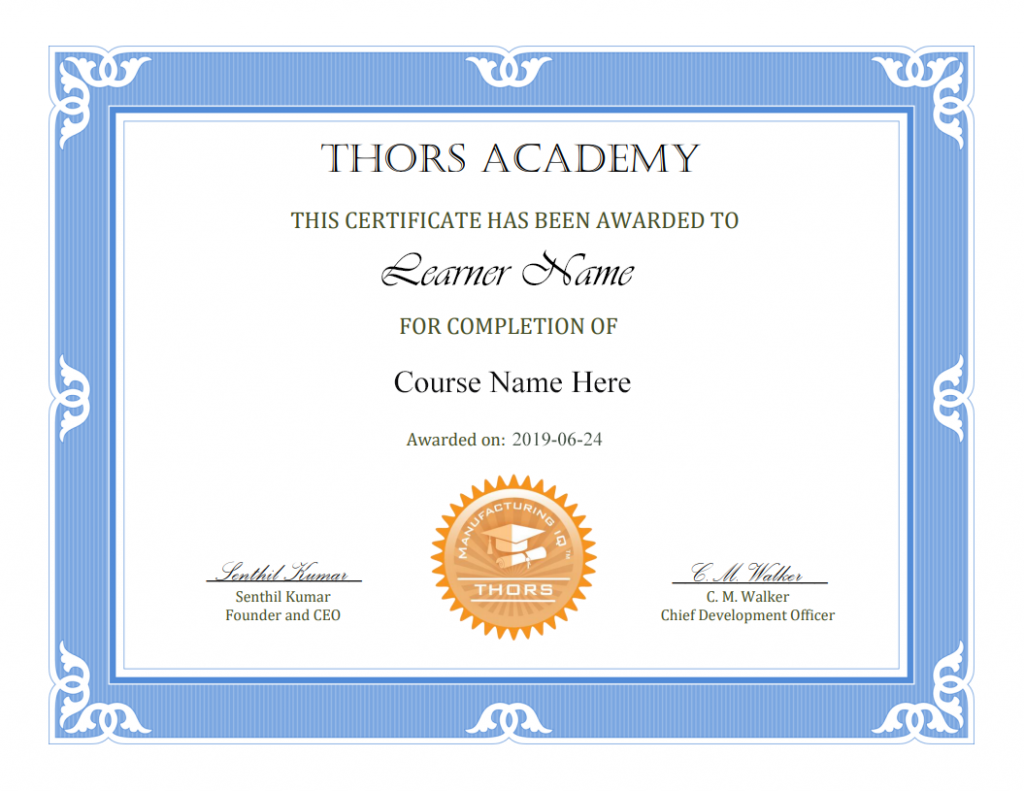
*upon successful completion
Related Posts

eLearning Support for On-Site Training
eLearning has emerged as a revolutionary force in the realm of learning and professional development, evolving into an imperative tool in today’s competitive landscape. The

Cross-Cultural Training Benefits
Understanding Cross-Cultural Training In today’s interconnected world, businesses are expanding beyond borders. To thrive globally, organizations must equip their employees with cross-cultural skills. Cross-cultural training

Benefits of eLearning in Manufacturing
In the world of manufacturing, training is essential. Every employee needs to understand how to use equipment, follow procedures, and maintain quality standards. With the advent

